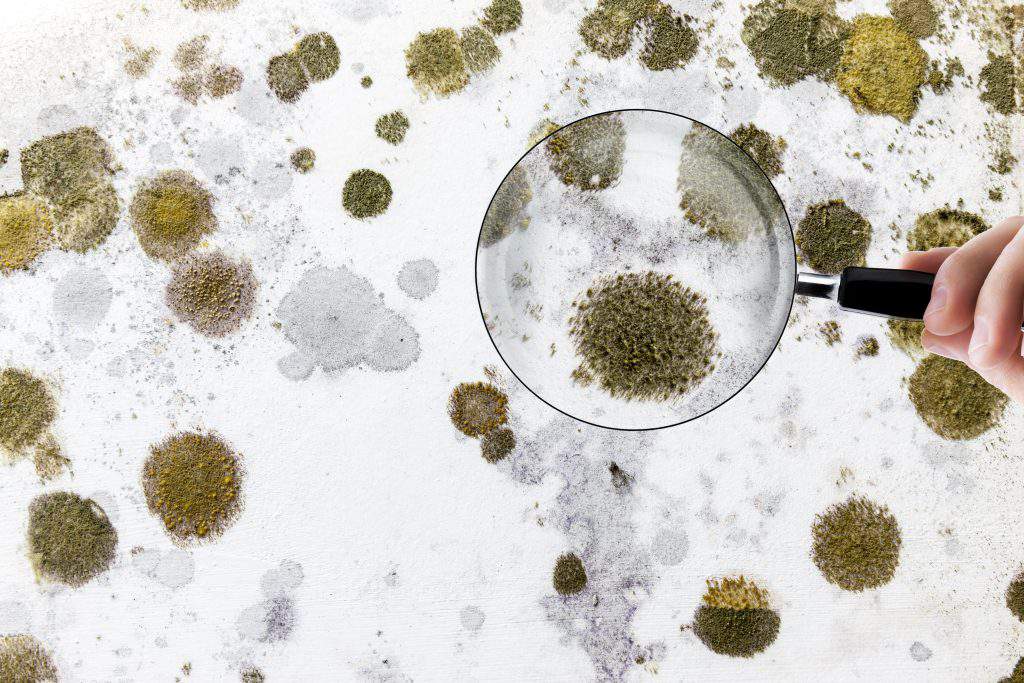Testing Air Quality After Mold Remediation
Testing Air Quality After Mold Remediation
Blog Article
Your Ultimate Overview to Message Mold And Mildew Removal Methods
In the consequences of mold invasion, knowing exactly how to effectively eliminate the mold and mildew and prevent its reoccurrence is vital for keeping a healthy and balanced indoor environment. From picking the best cleansing and decontaminating approaches to carrying out techniques for long-term mold prevention, each step in the removal journey plays a crucial role in guaranteeing a successful end result.
Understanding Post-Mold Removal Refine
After finishing the mold and mildew removal process, it is critical to comprehend the post-mold removal strategies that are needed to make sure a reliable and detailed cleanup. As soon as the mold has been gotten rid of, the next action involves cleaning and disinfecting the impacted areas to stop any type of regrowth of mold. This consists of using specialized cleaning representatives to clean down surfaces and kill any type of remaining mold spores. It is crucial to dry out the location totally to prevent the development of mold in the future (After mold remediation). Proper air flow and dehumidification can aid in this process.
Furthermore, performing a final examination post-remediation is crucial to make sure that all mold and mildew has actually been effectively eradicated. If the examination discloses any type of remaining mold, added remediation may be necessary.
Effective Cleansing and Sanitizing Techniques

Protecting Against Future Mold Growth

Significance of Proper Air Flow
Appropriate air flow plays an essential function in avoiding moisture build-up, an essential consider mold and mildew growth within interior atmospheres. Reliable ventilation systems aid remove excess moisture from the air, decreasing the opportunities of mold spores locating the dampness they need to sprout and spread. Without appropriate air flow, indoor areas can come to be a breeding place for mold and mildew, resulting in prospective visit this page health and wellness threats and structural damages.
By making certain appropriate air blood circulation, ventilation systems can likewise aid in drying moist locations faster after water damages or flooding events, better discouraging mold and mildew development. Post remediation mold testing near me. Precede like restrooms, kitchen areas, attics, and cellars where wetness degrees tend to be greater, setting up and preserving efficient air flow systems is vital in avoiding mold infestations

Tracking and Maintenance Tips
Provided the crucial role that proper air flow plays in avoiding mold and mildew development, it is important to develop efficient monitoring and maintenance suggestions to ensure the ongoing functionality of ventilation systems. Regular examinations of ventilation systems must be conducted to look for any indicators of blockages, leaks, or breakdowns that could restrain appropriate air movement. Surveillance moisture levels within the residential or commercial property is also important, as high humidity can add to mold development. Setting up a hygrometer can help track humidity degrees and alert home owners to any spikes that may require interest. Furthermore, making sure that air filters are frequently cleansed or replaced is crucial for keeping the effectiveness of the ventilation system. Executing a routine for regular maintenance jobs, such as air duct cleansing and heating and cooling system evaluations, can aid avoid issues before they intensify. By remaining positive and alert to the problem of air flow systems, homeowner can successfully minimize the threat of mold regrowth and keep a healthy indoor atmosphere.
Final Thought
In final thought, post-mold remediation methods are vital for making sure a clean and risk-free atmosphere. Comprehending the procedure, applying efficient cleaning and Learn More sanitizing techniques, protecting against future mold and mildew development, maintaining correct ventilation, and routine tracking are all crucial action in the removal procedure. By complying with these guidelines, you can effectively eliminate mold and stop its return, advertising a healthy and balanced living or functioning area for all occupants.
In the after-effects of mold problem, understanding exactly how to efficiently remove the mold and avoid its reoccurrence is paramount for preserving a healthy interior atmosphere. As soon as the mold his explanation and mildew has been eliminated, the following step involves cleansing and sanitizing the influenced areas to avoid any type of regrowth of mold - what to do after mold remediation. After removing visible mold and mildew growth, it is critical to cleanse all surfaces in the damaged area to eliminate any kind of continuing to be mold and mildew spores. To even more improve mold and mildew avoidance actions, it is essential to attend to underlying concerns that originally led to mold development.Offered the essential function that correct air flow plays in stopping mold and mildew development, it is necessary to develop reliable tracking and maintenance pointers to ensure the continued capability of ventilation systems
Report this page